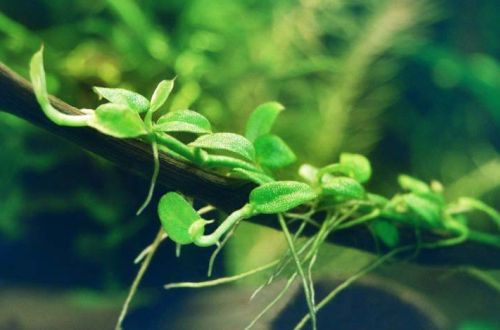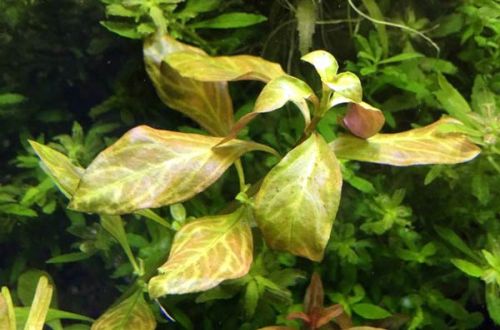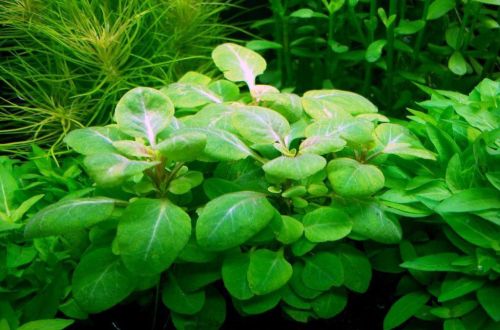
Rafidophora aquatic
Rafidophora aquatic, scientific name Rhaphidophora beccarii. Plants of the genus Rhaphidophora are widely distributed throughout Southeast Asia. They are found everywhere, mainly in tropical forests, where trees are used as the basis for vertical growth, entangling trunks and lower branches in a dense network.

In this regard, the type of Rafidophora aquaticus is unique in many respects, growing on stones, rocks and snags in the flood zone along the banks of fast rivers. In nature, it harmoniously coexists with Bucephalandra, popular in the aquarium hobby.
In March 2013, Jens Kühne, a botanical breeder from Thailand, developed an ornamental form adapted to aquarium conditions, which is smaller than wild specimens.
The plant develops a strong creeping stem, at the nodes of which there are thin roots that can penetrate wood and cling to the surface of stones and rocks. Thanks to the roots of Rafidophora, it is securely attached to almost any surface made of natural materials. The leaves are small, round or oval green in color.
The content is simple. No special conditions are required. This species should not be rooted in the soil. The sprouts are placed on a piece of driftwood or a stone, fixed with special glue for plants or ordinary fishing line. When the root system grows, the fishing line can be removed (the glue dissolves itself).





